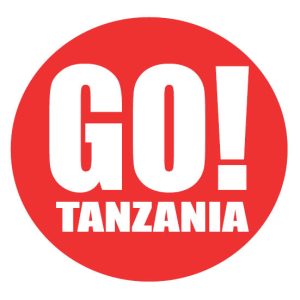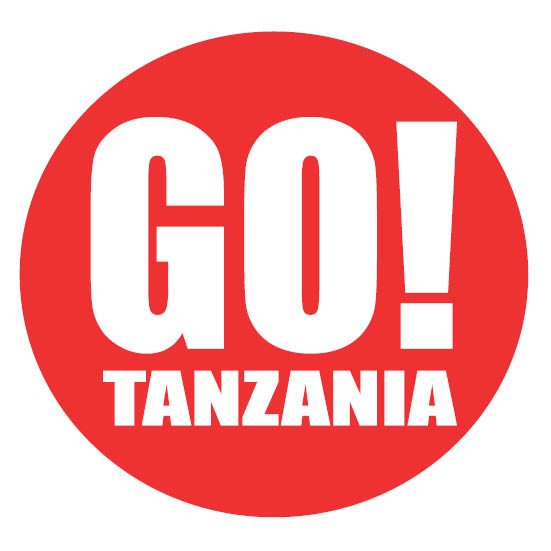The Ministry of Trade and Regional Integration confirmed that the country has completed the core procedural requirements, including the finalization of its tariff schedules. The Council of Ministers has approved the list of goods eligible for preferential duty rates, which has been communicated to all AfCFTA member states. This development positions Ethiopian exporters to begin accessing new African markets under reduced or zero-tariff regimes.
For Ethiopia, the timing is strategic. The economy is under pressure from foreign exchange shortages, high inflation, and post-conflict reconstruction needs. Entry into the AfCFTA offers the prospect of expanding market access for key export sectors such as coffee, oilseeds, cut flowers, leather products, textiles, and agro-processed goods. With a combined GDP of over $3.4 trillion and a consumer base of 1.4 billion people, the bloc represents a structural shift in Ethiopia’s trade potential.
However, the competitive landscape will change rapidly. While duty-free access could boost Ethiopian exports, it also opens the domestic market to imports from more competitive African producers. Local manufacturers may face pricing pressures, particularly in consumer goods and processed food sectors. Without improvements in productivity, quality standards, and supply chain efficiency, the trade balance could tilt unfavorably.
Regionally, 22 African countries have finalized and submitted their tariff schedules, enabling reciprocal trade flows. Ethiopia’s entry will increase momentum for the bloc, particularly in East Africa, where Kenya, Rwanda, and Uganda are already active AfCFTA participants. Trade analysts expect initial Ethiopian exports to focus on neighboring markets with established transport corridors before expanding to West and Southern Africa.
Over the medium term, Ethiopia’s success within the AfCFTA will depend on complementary domestic reforms—streamlining customs processes, harmonizing product standards, improving trade finance access for small and medium enterprises, and upgrading infrastructure. Without these measures, the agreement’s benefits risk being diluted by operational inefficiencies.
The official start of trading next month will be closely monitored by regional investors, development finance institutions, and policy makers. For Ethiopia, it represents both a market expansion opportunity and a competitive challenge—one that will test the resilience of its exporters and the efficiency of its trade ecosystem.
Agencies




